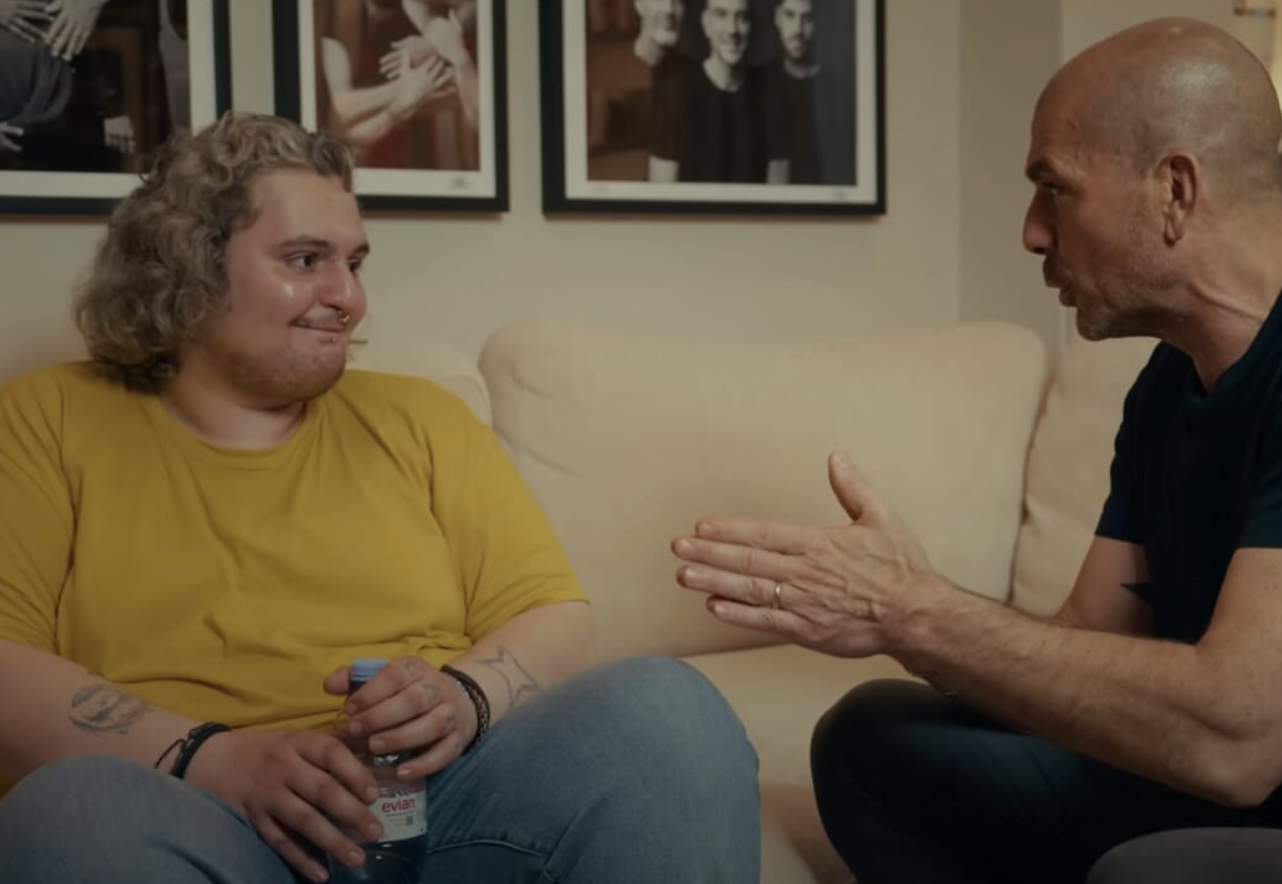Alessandro Galluzzi, Chiara Miccichè, and Laura Falini
The Vertical Dimension of Occlusion (VDO) directly affects the lower third of the face, and its loss leads to an aging appearance characterized by a reduction in the visible portion of the anterior teeth, flattening of the lips, a tendency toward mandibular protrusion, and the appearance of perioral wrinkles. Restoring the VDO is a key element in implant-supported prosthetic rehabilitation, as its loss affects not only the patient's aesthetics but also their chewing and speaking function. VDO can be reduced for various reasons, including the loss of posterior teeth (due to caries, periodontal disease, or trauma) and dental wear due to parafunctions. As demonstrated in the case of the 64-year-old patient, who presented with significant aesthetic and functional impairment, restoring this dimension was essential to restoring occlusal and facial harmony.

Clinical evaluation and treatment plan: case report
Clinical evaluation revealed a reduction in VDO accompanied by significant tooth mobility of the residual teeth and deep periodontal pockets. In particular, the anterior teeth appeared proclined and diastemated, resulting in phonetic alterations.
The patient, therefore, underwent the first phase of therapy, entrusting her to hygiene sessions Professional oral hygiene and decontamination of gum pockets with deep scaling and use of the diode laser.
Order Quintessence International 4/2024 here and read our column DENTECHSTRY - The Special on Dental Innovation.




Share: